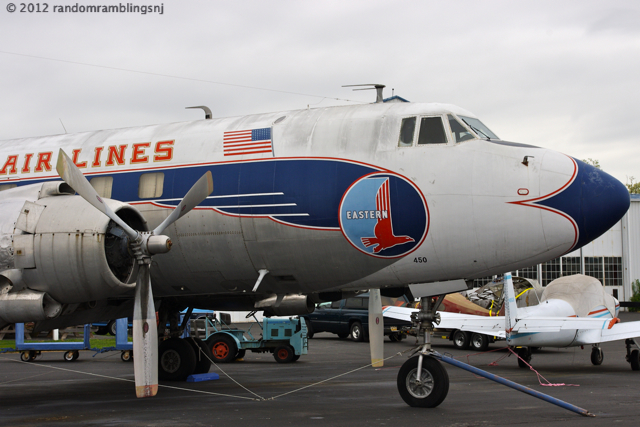Regular readers of this blog know that I am not able to pursue air flight training which means that I will not obtain a pilot's certificate. A couple of years ago I did go to ground school at my local airport and then took and passed the FAA private pilot written exam.
It has been awhile since I have written about these scenic rides. In fact, for various reasons until today, it has been a couple of months since I have been on a scenic ride. One exception was when my
friends at Downstown picked me up and flew to and from Downstown Airport a couple of weeks ago. I'll talk about that flight in a later post, but today I'll talk a little about today's scenic flight.
I've used these scenic rides to continue with my own studies on aviation. For the most part, I focus on things that I can do unobtrusively from the right seat such as assisting the pilot with navigation if requested, observing the pilot pre-flight the airplane, observing the pilot as s/her flies noting the instruments and flight controls, recognizing ground reference points near my home airport, and the ongoing exercise of looking for traffic.
Since I am not in flight training and am not a student pilot, most of my experience with radio communications has involved listening to the pilot communicating on the radio. Every so often, the pilot might ask me to help out by changing the navigation and communication radios under their direction. I hoped for an opportunity to actually do some radio communications on a scenic flight and have been doing some studying on my own. A couple of days before today's flight, I knew that if all went well, that I'd have such an opportunity today. I bought some notes with me that I reviewed with the pilot prior to the flight, reviewing the different communications that would be required. I had a decent idea of what I would be doing when.
We flew to a small controlled airport in Pennsylvania, Reading Airport. I had handled radio work taking off and landing at this airport on a couple of earlier flights, doing so again reinforced what I had already done. I had the radio frequencies written down on the pad on my knee board, along with the sectional folded to the area of our flight, and some notes on the required radio communications.
One advantage to not being in flight training was that I could focus my attention only on the radios. My respect for student pilots increased as student pilots learn to fly and work the radios at the same time.
Radio communications in aviation, and general aviation is no exception, require certain lingo and phraseology depending on where you are and what phase of the flight you are in. I started off with the radio check at the beginning of the flight, going on the radio during key points in our take-off. All this under the watchful eye and ears of the pilot. I tuned the radios to the VOR radio navigation that we used for navigation, got the weather report for Reading Airport. The flight was short. The pilot and I reviewed (again) the required radio work at Reading.
I listened to the weather (ATIS) at Reading one more time, noting the cloud ceiling, winds, temperatures, runway in use. Weather is very important, and part of the radio communication with the tower at a controlled airport is telling them that we have listened to the weather by saying "we are with you with info lima." Where info lima is the identifier for the particular weather report we heard from ATIS at Reading.
The pilot took the radio as we approached Reading because the controller at Reading approach was having a heard time hearing us. He quickly switched to the other communication radio, resolving the problem.
I talked to ground control when we got to Reading noting the taxiways we were to use to go to the FBO where we had coffee. I handled the radio as we prepared to taxi, took-off, and flew back to our home airport. The pilot directed me to listen to the ATIS weather at KABE to get an idea of the winds at our home airport (about 10 to 15 minutes east of KABE). And all this was under the watchful eye and ears of the very capable pilot who was flying the plane.
As the flight went on, and I kept doing more radio work, my confidence increased. After we landed, I was complimented on my radio work. Radio work is a very big deal, and something that can be a tad intimidating. But that passes with time and experience.
I'll post some pictures tomorrow sharing some of what we saw while we are on the ground at Reading.
August 15, 2012 update: The flight that I wrote about on May 7 was during the week at a time when there was little other traffic. My next opportunity to work on radio communications came on a scenic flight a few weeks later on an extremely busy Saturday morning. I had done the same preparations for this flight as I did for the flight in May. Lets just say that I had a more difficult time with radio communications on that flight, and was glad for the knowledge and graciousness of the pilot.
In hindsight, I should not be surprised that I had a difficult time on that last flight. I do not have the advantage of going on these scenic flights every week, nor am I in flight training. I do not know when the opportunity will arise again to do some radio communications on one of my scenic flights, so I am grateful for the chances that I had.





























